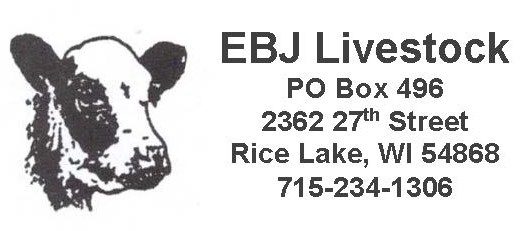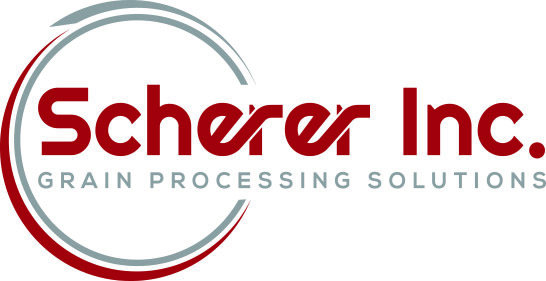As spring greenup comes into play, these seasoned veterans look to take advantage of available grass to add value to a product for the next step in the production process.
Market price and initial investment place increased emphasis on what most consider the little things. Big-ticket items such as health and nutrition take on an even greater role.
“Permanent identification (ID) may seem like a no-brainer to most, but with the value of calves today if you lose just one to death or theft, that’s a lot of money,” says Dr. Dale Blasi, an extension beef specialist at Kansas State University.
“With the high cost of calves, they need to be easily identified by the owner and the proper health protocol is essential,” says Robert Wells, a livestock consultant for the Samuel Roberts Noble Foundation in Ardmore, Oklahoma.
New beginnings
Transitioning cattle to adjust to the new environment of summer grass pastures takes an experienced hand and will not happen overnight.
Utilizing the tools for proper health and nutrition will condition cattle to stand on their own and convert forages to pounds.
“Newly received calves must be monitored from a health standpoint and drylot calves need to be transitioned to grass,” Wells says. “I suggest a modified live vaccination (MLV) protocol because science indicates calves will have a better immune response.
Deworming is so important, especially in our area this year. We have short grass, moderate temperatures and have received good moisture to this point, a recipe for a high parasite load. It should help improve average daily gain (ADG) and pay weight.”
“Anything we can do from a prevention standpoint helps,” Blasi says. “Cattle that have been dewormed and properly immunized are important to the process because once they’re turned out some of these calves will be lucky to get ridden through once a week.”
Receiving strategies are different with each operation. Most rations are developed around some type of high-quality forage to get calves off on the right foot.
Shortages of high-quality hay have placed a premium on this input. A cost-conscious stocker operator must look at receiving rations that provide the most benefit.
“We like some sort of long-stem hay in our receiving ration and we mix this with other products, like corn gluten feed, to get calves eating.
Conditioning the rumen is an important part of getting calves ready for grass,” Blasi says. “Hay costs are high, but a sound nutrition program will help those calves get turned around.
I can’t overstate it enough: Getting calves eating will minimize health problems. When calves turn the corner and start eating well, it’s a sign of health. Sometimes we just have to reach down and make that ration work.”
“It has been a rough year with short hay supplies and the high cost of quality forages. What we do in the beginning will have an effect on performance,” Wells says.
“There is a lot of value in the gain which creates an opportunity to spend a little more upfront on high-quality hay, a good vaccination and deworming program to help guarantee success.”
To the pasture
There is no distinct protocol for getting calves ready for grass, but knowledge and experience will dictate when calves are ready. Monitoring these calves for a period of time will help make the final decision.
“I like to see 30 to 45 days where these calves are vaccinated and supported nutritionally before turnout,” Wells says. “Sort these cattle into more uniform groups.
Every stocker operator has been faced with those outliers or repeat pulls that need to be evaluated from an individual standpoint.”
Most ranchers are accustomed to evaluating pastures, no matter what segment of the industry they are in.
Working through the challenges that could be lingering from a lack of moisture in some areas makes this year a little more challenging from a stocking rate standpoint. Honest evaluation of pasture resources will help achieve desired gains in a stocker program.
“Most operators are going to have to adjust stocking rates in our area because pastures have been abused due to lack of moisture,” Wells says.
“Pastures need adequate rest and recovery to produce desired results. If a producer is not honest with himself about stocking rates, it just prolongs the amount of time it takes to fully stock his pastures.”
“Be fairly honest with yourself in the assessment of your grass. Your gain depends on accurate information,” Blasi says.
“Stock according to your grass and the condition your pastures are in. Proper brush control and fertilization will improve forage resources.”
High-risk cattle
Most stocker operations are equipped to handle cattle with some risk involved. High-risk cattle require a different level of experience and this could be a year for some operations to identify the type of cattle to purchase and the level of risk they are willing to assume.
“I would stay away from cutting bulls, even though our studies say this time of year in northern Kansas is almost ideal for receiving calves.
Long-haul cattle with no performance history are a tough call,” Blasi says. “Maybe this year hold yourself to a little higher standard of lowering risk. Buy cattle closer to home, save some freight and allow for a little more breathing room at the end.”
“Cutting bulls, lightweights and cattle that have been trucked a long way just add to risk,” Wells says. “These cattle aren’t for the faint of heart, but there still is some opportunity for the right operator.”
Producers can use tools to help lock in some measure of profit. Market prices have dictated it takes a significant investment to run these calves on grass – one mistake will hurt the profit margin in the end.
Forage has always been a valuable commodity for the beef industry – for many stocker operators, getting those calves off on the right foot will be the difference in profit and loss.
“Any time you handle an animal it comes at a cost. With the cost of calves today, it doesn’t take long to eat up that profit margin,” Blasi says. “Once you get those calves off on the right foot, most operations work like a well-oiled machine.
With the value of gain over the course of a season, there is a lot to be said for what grass can do.”
“A set of scales to monitor weight gain will more than pay for itself this year,” Wells says. “Getting calves started right and following through is very important when you’re turning out $900 calves. If you lose one it’s going to be hard to break even on the rest.” ![]()








